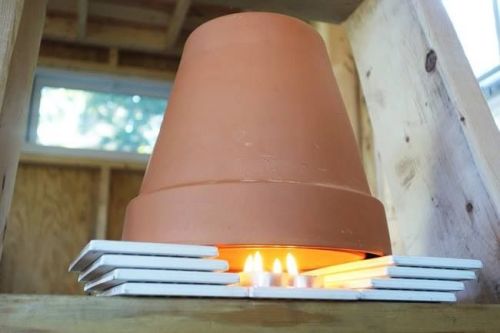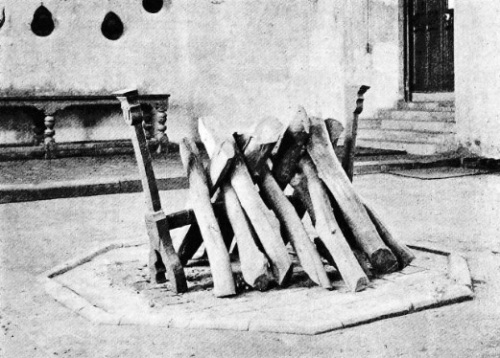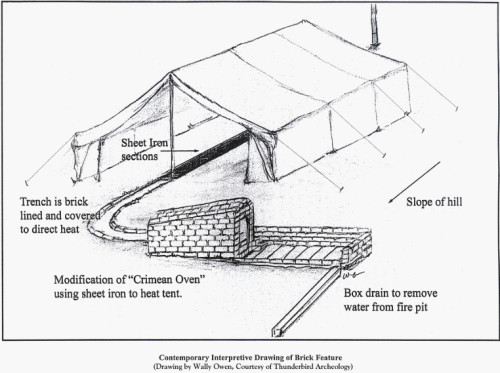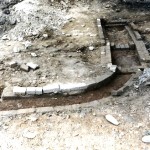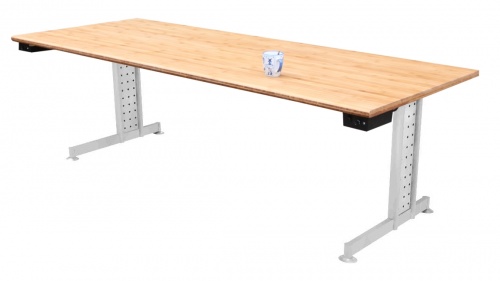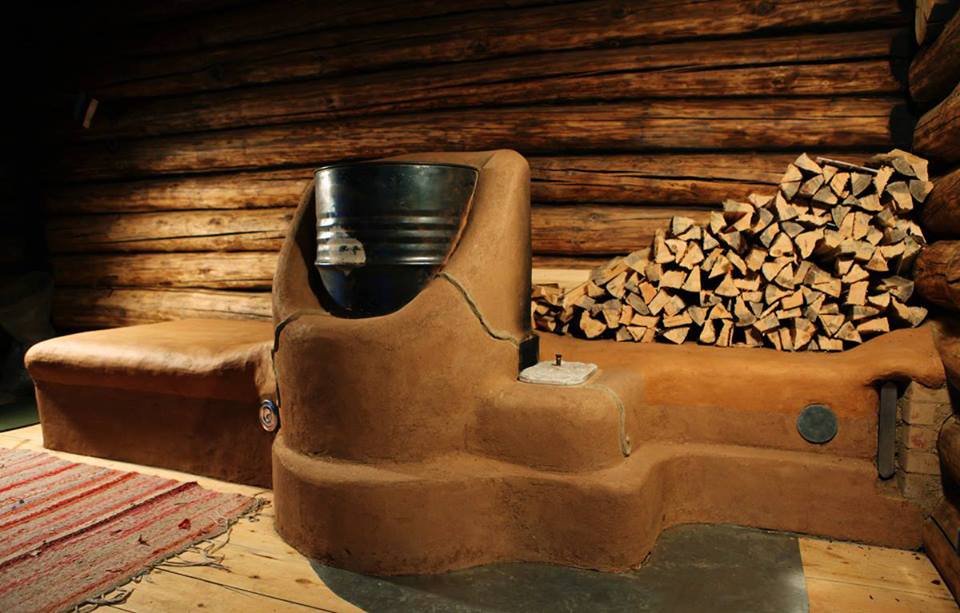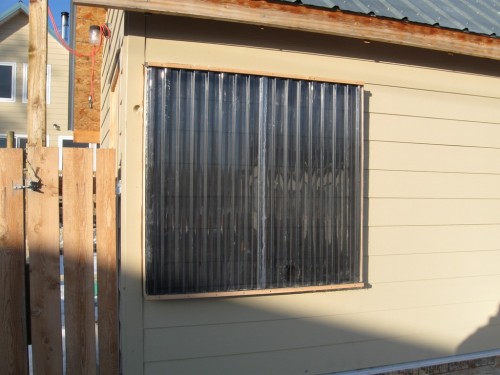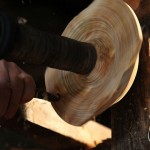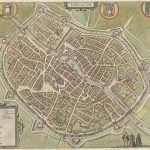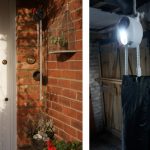Friends and readers keep sending me links to a “low-tech” heating system in which tea candles heat a combination of ceramic flower pots. It seems you all need a course in thermodynamics, so let’s start with some basics:
1. First law of thermodynamics: you can’t create energy out of nothing, (and you can’t destroy it). This means that placing two ceramic pots on top of four candles does not increase heat production. You get the same amount of heat if you burn four candles without the pots.
2. Now imagine heating your room with four tea candles.
3. Get more tea candles. One tea candle can produce around 30 watts of heat, which means that you need at least 20 to 30 tea candles to heat a very small room (and replace them every 3 to 4 hours).
4. You have now built a small fireplace using tea candles. However, it isn’t running on wood but on petroleum — the stuff paraffin is usually made of. And above all, you have built a fireplace without a chimney. Chimneyless fireplaces are very efficient, but they’re not so healthy and that’s exactly why the chimney was invented. Connecting your tea candle fireplace to a chimney will solve the indoor air pollution issue, but unfortunately 85-90% of the heat will then escape through the chimney. So you need more candles.
5. Forget tea candles, get some thermal underwear.
